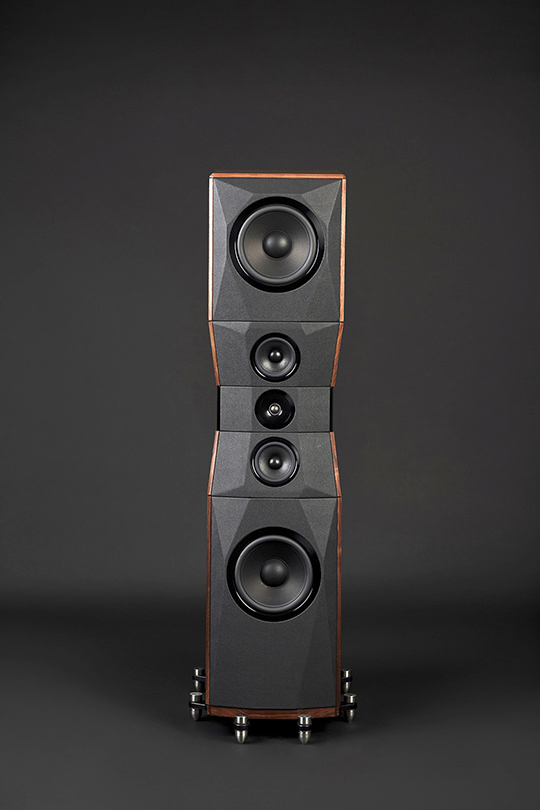As befits its price and ambitions, I hung Peak Consult’s flagship speakers on the end of some serious electronics. Source components were the Grand Prix Audio Monaco v2.0.Kuzma 4Point14 and Fuuga cartridge, Wadax Atlantis Reference CD/SACD transport, Reference Server and DAC. Electronics were the CH P10 and L10, feeding a pair of M1.1 amplifiers running in passive bi-amp mode. Experiments with the VTL S-400 and comparing A1.5s in mono or bi-amp mode against a single M1.1, clearly demonstrated the speakers preference for bi-amped operation, a system topology that delivered a significant boost to system dynamics and separation, musical immediacy and intimacy – definitely a worthwhile step, as we’ll see later. Although the Dragon Legacy will run with a single stereo amp or mono-blocs, you’ll be short-changing them and yourself if you use less than four channels of amplification. The musical performance I describe here was achieved with the M1.1s, an amplifier that is perfectly suited to this set up and delivers the power and control necessary to extract full value from the Dragon Legacy’s impressive bandwidth. Bad bass is worse than no bass. The combination of bi-amped operation and real power on tap delivers the benefits of all that low frequency energy without the downsides. Ignore my experience and at best the sound is likely to be smoothed off and thick, at its worst, sluggish, turgid and uninteresting – a world away from the vitality and excitement, drama and pathos, dynamic contrasts, delicacy and shocking impact these speakers can generate.
Audio guessing games…
One almost inevitable result of reviewing audio equipment (or reading those reviews) is an almost subliminal game of consequences. You look at a product, you look at the technology and construction, thinking and materials and your mind automatically enters a realm that exists somewhere between assumption and guesswork as it tries to predict how said product will sound.
 The Dragon Legacy is both a perfect example of that tendency and an interesting case in point. Given the laminated wood construction, phase coherent crossovers, lack of intermodulation distortion (thanks to the massively segmented cabinet), the advanced paper-coned drivers and the exceptional bandwidth, you can make a fair stab at the sound this speaker will produce. I’d expect dimensionality, a rich tonal balance and a livelier response to input than the moderate sensitivity might suggest. I wouldn’t be wrong, although it’s interesting to speculate just how much influence the speaker’s appearance has on those conclusions. However – and not surprisingly – it’s a long way from the whole story. It’s not just a question of what attributes, but more importantly, the extent of those attributes and how well they combine to create a meaningful whole?
The Dragon Legacy is both a perfect example of that tendency and an interesting case in point. Given the laminated wood construction, phase coherent crossovers, lack of intermodulation distortion (thanks to the massively segmented cabinet), the advanced paper-coned drivers and the exceptional bandwidth, you can make a fair stab at the sound this speaker will produce. I’d expect dimensionality, a rich tonal balance and a livelier response to input than the moderate sensitivity might suggest. I wouldn’t be wrong, although it’s interesting to speculate just how much influence the speaker’s appearance has on those conclusions. However – and not surprisingly – it’s a long way from the whole story. It’s not just a question of what attributes, but more importantly, the extent of those attributes and how well they combine to create a meaningful whole?
Getting the whole story is going to take no little effort and not just because of the speakers’ weight. I’ve detailed the set up procedure in a separate piece – partly because it’s instructive and partly because it’s more involved than normal, the shape and nature of the speaker presenting its own specific challenges (https://gy8.eu/blog/installation-notes-6/). Even so, there are still a few things that you’ll need to pay specific attention to.

